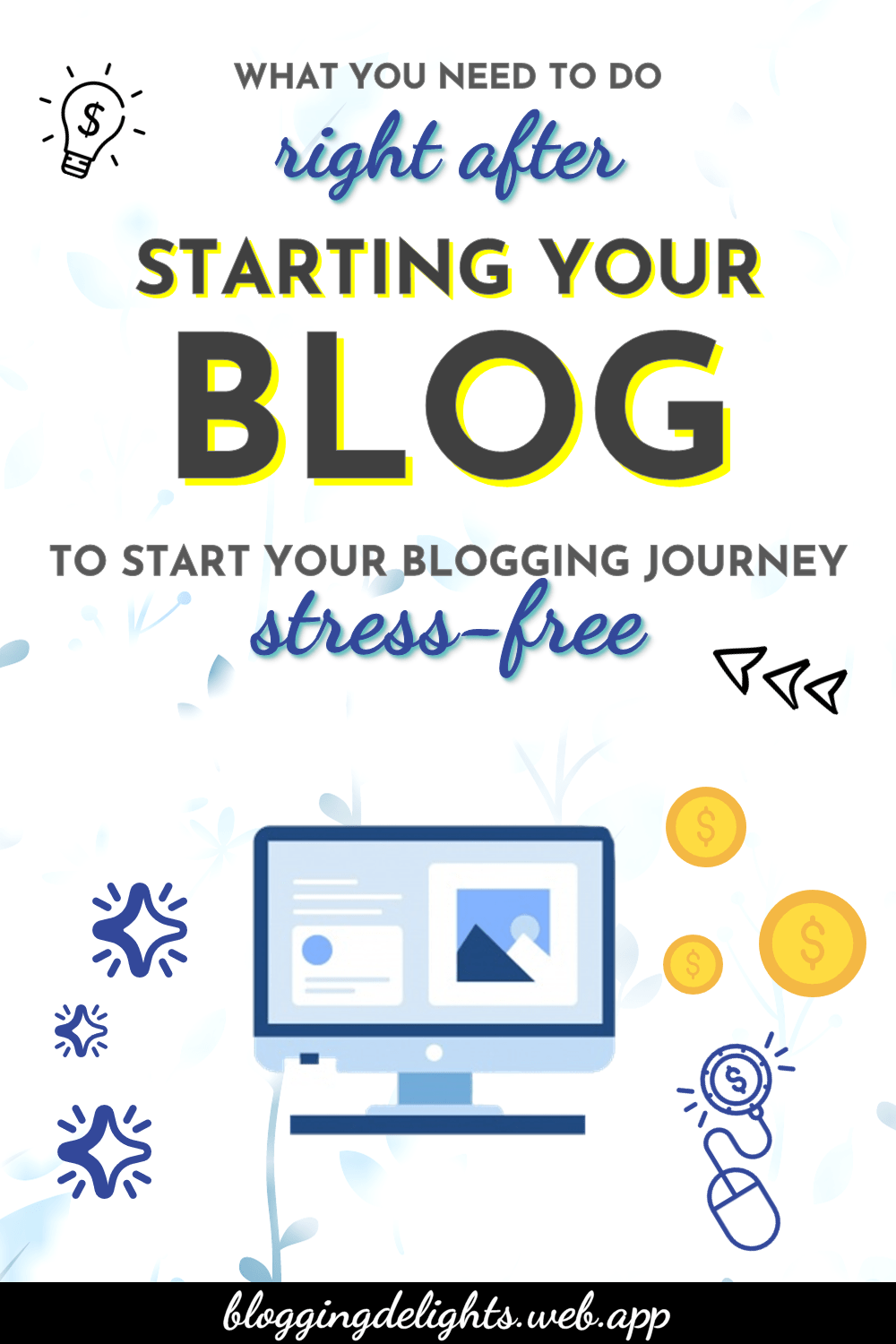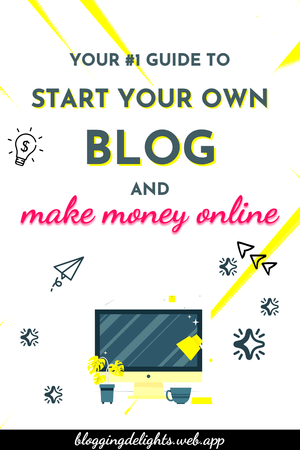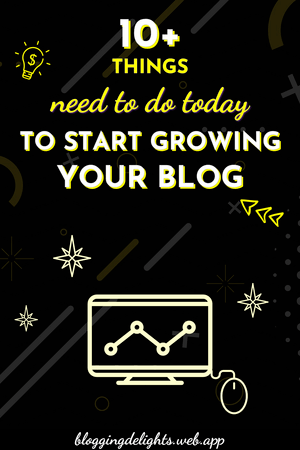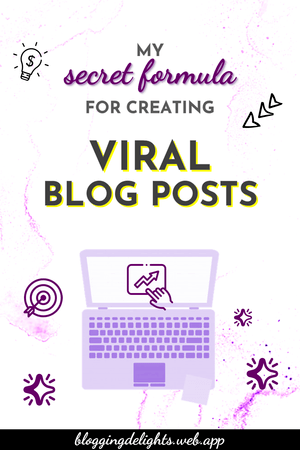grow your blog. make more money.
want to learn how to grow your blog from 0 to $1,000 per month in passive income?
What next to do after starting your blog
Starting a blog is one thing and taking it forward in the form of blogging business is totally another thing.
This is the part where newbies get lost and really need help from other pro-bloggers.
This post includes all the important information you need to do right after you start a blog to make sure you have covered all the fundamentals of your blog.
If you haven’t started your blog yet, click here for a step-by-step tutorial on how to start your blog in no time.
Plugins
There are plenty of plugins that you can install, but the problem is, the more you install, the slower your blog becomes.
So, you need to keep it to a minimum.
Here’s the list of utmost important plugins that you can install right away:
Yoast SEO
This is the most important and must-have plugin.
We all know that every blog needs to be SEO friendly to rank top on Google searches.
This plugin takes care of all the SEO needs for your blog, it can create a sitemap, add major SEO tags on your blog posts and plenty of other SEO related stuff.
UpdraftPlus
This is required to take care of your backup needs.
Most bloggers generally don’t pay much attention to the fact that they need to take the backup of their blog regularly.
In case of an accident where your sever crashes or something else where you lose all your blog data, having a backup can recover all the time and effort you put in your blog.
With this plugin you can create a backup on dropbox and restore your site in a single click, it’s that easy.
Social Pug plugin
This is essential to add social sharing buttons all over your blog.
Having social media buttons on your blog is of utmost importance because for my blog almost all the traffic comes from social media.
Having responsive social sharing buttons can greatly boost your online presence and bring great traffic to your blog.
It will also come in handy when you want to have to hover the “pin it” button for all your blog post images.
Akismet
To take care of all the spammers, you need this one.
Setup permalink structure
This is the structure of how the URL (in the address bar) will show for your post. If you have noticed other blogs online then all the links are in the form of:
Either “year/month” like “2018/01/sample-post”
Or “post name” like “sample-post-title-here”
Or “category/post name” like “blogging/sample-post”
So, to change it to the last one above, go to the Settings >Permalinks; Then select the custom structure and type in exactly “/%category%/%postname%/”.
Wordpress theme
For all the beginners and new learners, I would say that you take on free themes initially. Why?
Because you have just started your blogging business and will need money to invest in other higher priority tasks in the further stages of developing your blogging business-like email marketing tools or Pinterest scheduling tool etc.
I agree that Premium themes make your blog look more stylish and professional, but you already have a lot to do before you reach that point.
Once you are confident that your blog is growing then you can definitely invest in premium themes to make your blog more professional.
Blog’s title and description
This is important in terms of your blog SEO.
This mistake is bound to happen by almost every blogger.
Forgetting to add title and description to your blog and only after searching for my blog on google I realized my silly mistake.
Anyways, since I have already made you aware of this, do update your these.
Create a description that will summarize what value your blog provides and make it more enticing and attention-grabbing.
Make sure you add a few keywords to it, that will help Google to better understand what your blog is all about.
You can add such keywords through Yoast SEO plugin where you simply need to find “Titles & Meta’s Section” under the homepage tab.
Google Analytics and Google Webmaster Tools
Google Analytics is a great tool that helps in providing you with all the details about all the visitors coming to your blog.
It also gives you real-time updates like peak time of your blog, top searched posts and many other statistics.
Google webmaster, on the other hand, will offer different tools to analyze how your blog is working in terms of ranking, sitemap errors and other related stuff.
And believe me, you need both of them all the time during your blogging journey.
Why do you need both these tools??
Well, these tools help you in better understanding your target audience, what time your users are most active on your blog, what topics are popular on your blog, etc.
Knowing all these will allow you to decide which topic you should focus on more and what is the best time to publish it on social media.
Sometimes I do few experiments with my blog like changes in the SEO to increase my google ranking or adjustment in the position of elements within the pages to drive more sales and as a result, I find that there is some sort of disturbance in other parts of my blog.
Experiments that work positively for me, I apply those to all the pages/posts/articles.
If you don’t have these tools then you won't be able to fully see the effects of your changes, ultimately makes your blogging strategies fail.
There are plenty of tutorials available online for both these tools to help you better understand further and I will be publishing tutorials soon so stay tuned.
Sitemap
A Sitemap just like it sounds is the map of your blog which permits search engines to map your blog without any issues including Google.
Google loves sitemap and therefore you definitely need one.
So, don’t forget to create a sitemap before you publish your first post. All these things need to be ready before you make your first post so that you don’t run into complicated issues later on.
Favicon
This is the icon that is shown on the top left of your browser tab title. It is basically your brand symbol.
You should start working on your favicon right from day one since it will help in building trust and relationships with your audience.
The size for Favicon should generally be 32px by 32px, so make sure your brand symbol stands out and looks best even in small size.
About me Page
Now, this page is extremely crucial and you will soon know WHY!
The About Me page needs to be on your blog from day one.
Whenever I explore some topics and stumble other newly created blogs, I first always check out the about page to learn about that blogger’s journey.
It might seem like creating about me page is a total waste of time but believe me, to make your blog successful, it heavily depends upon how you present yourself to your target audience.
If you have no idea about what to include in your about me page then you can totally check out your competitor’s blog.
Observe how their content is structured and try to implement the same but do not blindly copy-paste on your website, plagiarism is a strict no-no.
Legal pages
Having these pages is absolutely mandatory, these are not something for you to decide whether you want to have it or not, so don’t even think of skipping it.
These pages need to be there on your blog from day one.
There is various type of legal pages that you can have but few out of those are mandatory for you.
Social accounts
Social media is right now the primary source of traffic for my blog, and certainly, I can not imagine my blog’s growth with it.
This is true for other bloggers also, they have gained success because of social media only.
We all know that Google is the best source of blog traffic but it takes a lot of effort to be able to do so and also it takes months to see your results.
Whereas on social media you can see results within the same month, that how fast it is.
I extensively use Pinterest for driving ton of traffic to my blog, to help you get started do check my post on pinterest for bloggers
Your blog structure
Randomly blogging about a bunch of unrelated topics will not only bring chaos for you in terms of content creation but also your readers will find themselves confused about what your blog is all about.
To be successful with blogging, you need to organize all your content in categories and then only cherrypicking those topics which are closely related to your blog’s main niche.
You don’t need to write about everything when you have just started your blog instead you need to narrow down to 1-2 topics for which you want yourself to be called an expert.
By doing so, you will avoid feeling overwhelmed and confused, and your entire attention and effort will be directed to create genuine, quality and most importantly in-depth blog posts.
To get started, you need to at least find the top 3 categories which are in demand and around which you want to blog about.
To identify these, you can either look up your competitor’s blog and note down what type of content they create and how they group these contents together.
Or you can research topics that are popular in your domain or search viral content that your audience is craving for.
Once you have this list pick those which are passionate about and stick to those topics for now.
Later on, when you feel like your blog is getting popular and you want to add more topics in your basket, you can totally do so.
Build your email list
Every blogger regrets not concentrating on building their email lists from the start.
If you are serious about growing your blog, you need to have an engaging audience.
And one of the best ways to have this is through email marketing.
Generally, your readers will come to your blog, reads your post, enjoys it and that’s it, Over.
But if you have an email list, then you share with them all the latest things happening on your blog and this way you can drive their attention to your newly-created posts.
This makes the perfect engaged audience and this is the secret to grow your blog sky high in no time.
To get started, I recommend you use a free email service like Mailchimp and add Sumo WordPress plugin to create opt-in forms on your blog.
That’s it! Now you have installed all the significant tools and plugins on your blog and have an idea of what to do next.
If you still don’t have a blog, then my advice would be …
Don’t overthink, JUST DO IT.
Everything else will come in line as you move forward and you can’t possibly imagine freedom and happiness that you will get, but it won’t happen until you take your first step.
To get started follow this tutorial on how to start a blog

Welcome to Blogging Delights!
Hi! I created this blog for ambitious bloggers trying to understand how to grow their blog and make a living out of it. Why waste countless hours on research when it's readily available in bite-sized easy-to-digest on my blog.







